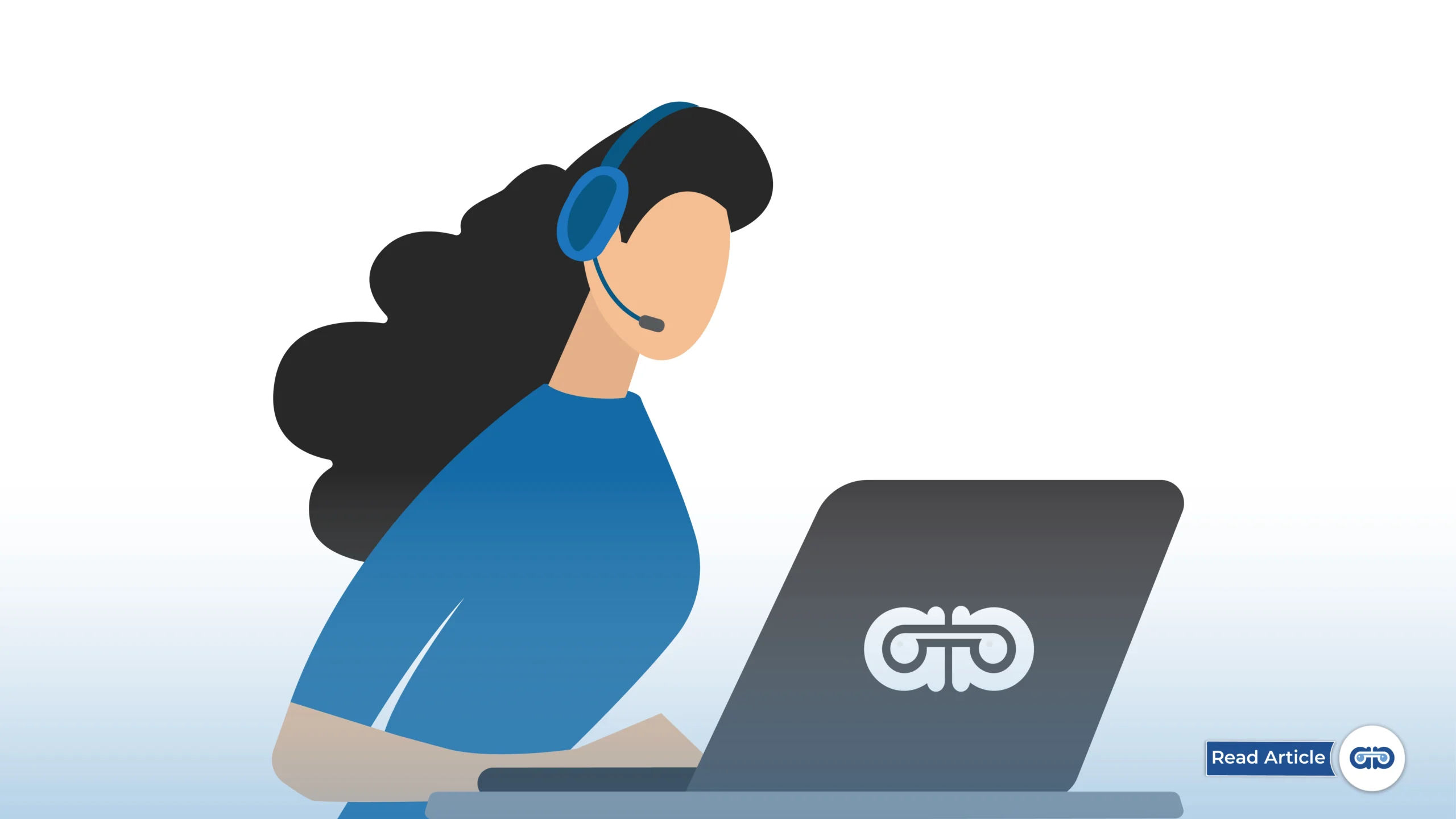While providing technical support, some challenges go beyond the expertise of even the most skilled internal teams. When complex issues defy standard troubleshooting, Tier 4 support steps in as the final safety net.
This level of support involves external expertise, the product creators, vendors, or specialized service providers equipped with proprietary tools and unparalleled knowledge.
Tier 4 isn’t just about fixing problems; it’s about calling in the experts who designed or built the systems to ensure smooth resolution and prevent recurrence.
What is a Level 4 Help Desk?
Tier 4, also known as Level 4 support, represents the highest level of assistance in the IT service management hierarchy. This tier is reserved for situations that go beyond the scope of in-house resources, requiring the intervention of external specialists.
Whether it’s a critical software bug, a hardware failure, or a need for specialized maintenance, Tier 4 support handles issues that internal teams, even at Tier 3, can’t resolve. Common examples of Tier 4 scenarios include:
Proprietary Software Bugs: Addressed by the software’s vendor or developer.
Hardware Repairs: Managed by the equipment manufacturer.
Specialized Equipment Maintenance: Requiring field technicians or vendor-certified consultants.
Tier 4 isn’t about routine troubleshooting. Instead, it’s about leveraging vendor-specific expertise and proprietary tools to tackle the most advanced challenges.
What Does Tier 4 Support Mean?
Tier 4 support signifies outsourced problem-solving, where businesses rely on vendors or service providers to resolve advanced, often product-specific issues. Unlike Tier 1 through Tier 3, which operate within the organization, Tier 4 involves external collaboration.
Here’s how Tier 4 works in practice:
1. Vendor Collaboration: When a problem exceeds internal capabilities, the issue is escalated to the product vendor or a third-party expert.
2. Proprietary Tools: Vendors often use exclusive tools, diagnostics, or knowledge unavailable to in-house teams to address the issue.
3. Progress Monitoring: While external specialists handle the problem, the organization monitors progress to ensure alignment with business needs.
4. Resolution and Documentation: Once resolved, the solution is documented, and, if possible, knowledge is shared with lower tiers to enhance future troubleshooting.
For example, if a business encounters a recurring issue with a proprietary database system, Tier 4 would involve escalating the problem to the database vendor. The vendor might deploy engineers or provide a patch to resolve the issue, ensuring minimal disruption.
Roles and Responsibilities of Tier 4 Support
Tier 4 specialists are typically external experts, the manufacturers, developers, or certified technicians who possess unique insights into the product or service. Their responsibilities include:
Vendor Collaboration: Working closely with internal support teams to diagnose and resolve advanced issues.
Specialized Knowledge Application: Using proprietary tools, diagnostics, and expertise to address the problem.
Field Expertise Deployment: Sending certified technicians or engineers for on-site support when necessary.
Systematic Documentation: Providing detailed reports and fixes that can inform future troubleshooting and internal training.
Unlike internal tiers, Tier 4 specialists don’t just resolve issues, they help refine and improve the product or service. Their insights often lead to better system designs, patches, or upgrades, ensuring the problem doesn’t resurface.
How Tier 4 Fits into the Bigger Picture?
Tier 4 support plays a critical role in a multi-tiered support system. While most issues are resolved at lower tiers, Tier 4 acts as a fail-safe for the rare and complex problems that demand external intervention.
Many businesses also adapt their support structure to fit their unique needs. For example:
– Combining Tier 2 and Tier 3 roles to streamline resources.
– Reducing reliance on Tier 4 by strengthening Tier 3 capabilities.
Regardless of the setup, Tier 4 remains essential for vendor-specific challenges that no internal team can tackle alone.
Why Tier 4 Support Matters?
Tier 4 support is more than just a backup plan, it’s a strategic advantage that ensures businesses can overcome the most critical challenges. Here’s why it matters:
Swift Resolutions: By leveraging external expertise, Tier 4 minimizes downtime and restores functionality quickly.
Operational Efficiency: Advanced fixes and vendor-specific insights improve overall system reliability.
Stronger Vendor Relationships: Collaborating with vendors or service providers builds trust and ensures smooth communication for future needs.
Cost-Effective Problem-Solving: While Tier 4 can be expensive, it often prevents larger financial losses by resolving critical issues effectively.
Final say,
Tier 4 support is the final safeguard in a robust technical support structure. By collaborating with external specialists, businesses can tackle the most complex issues with confidence. This level of support not only ensures swift resolutions but also enhances product performance and strengthens vendor relationships.
As businesses grow and technology becomes more sophisticated, having a reliable Tier 4 support framework is no longer optional, it’s a necessity. By combining internal expertise with external collaboration, companies can ensure that no problem is too big to solve.
With Tier 4 support in place, organizations are equipped to face even the most daunting technical challenges, ensuring seamless operations, satisfied users, and continuous growth.
Related Read: What are IT Support Tiers? Tier 0 – Tier 4 in Brief

Automate your IT, HR and Customer Support Workflows!
Let the AI Assistant handle the heavy lifting while you enjoy the high-fives from your team and customers.

